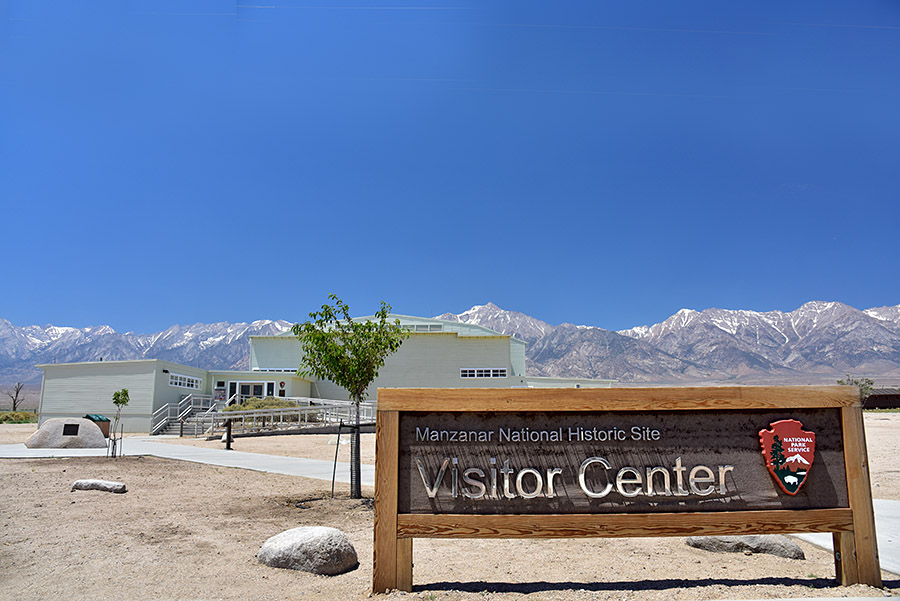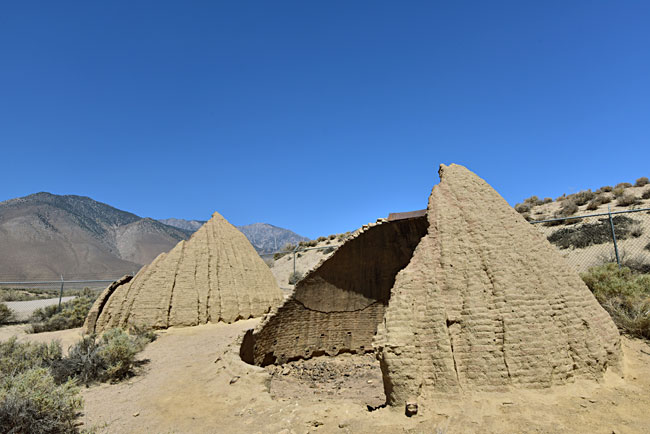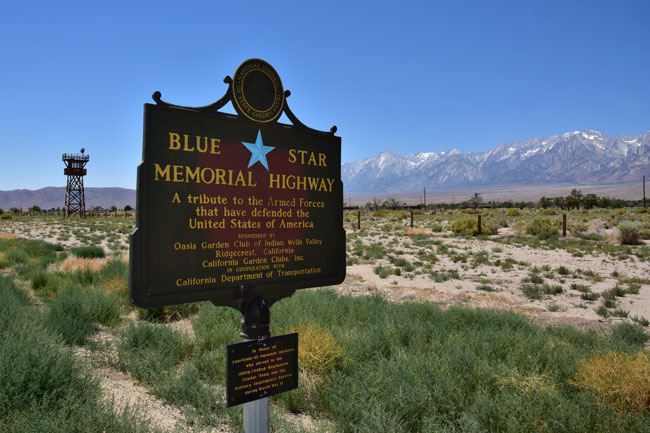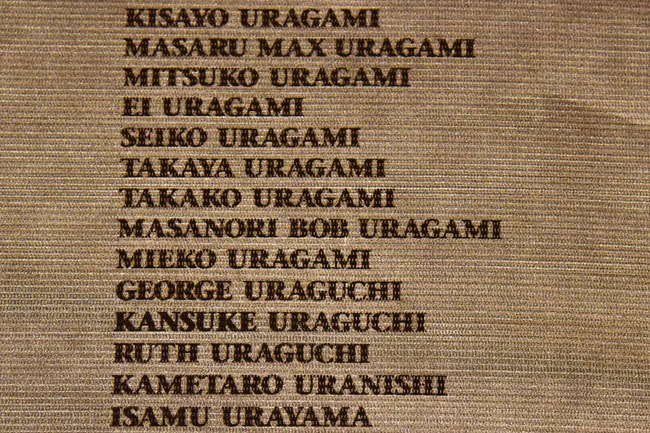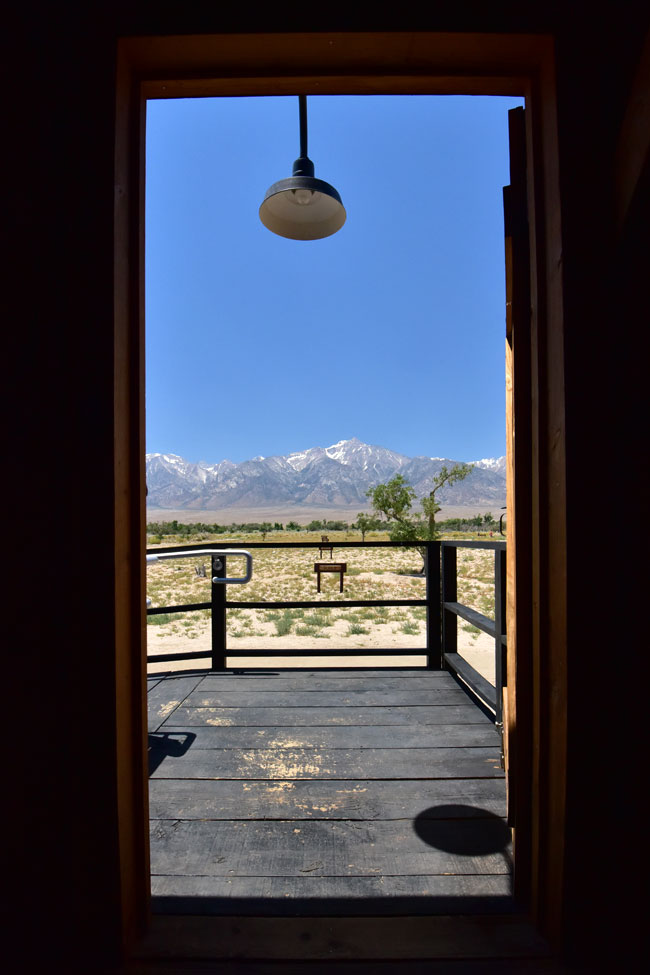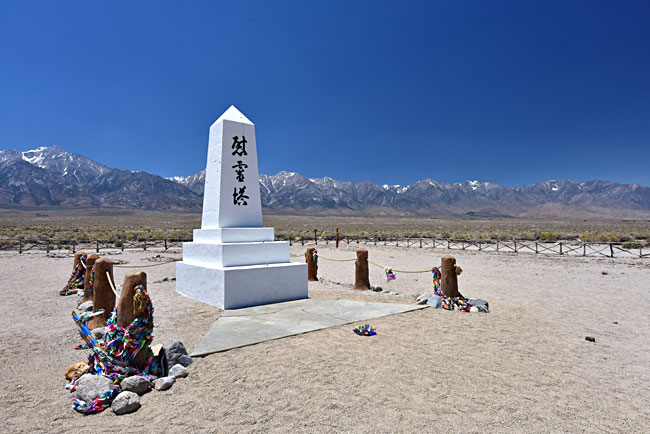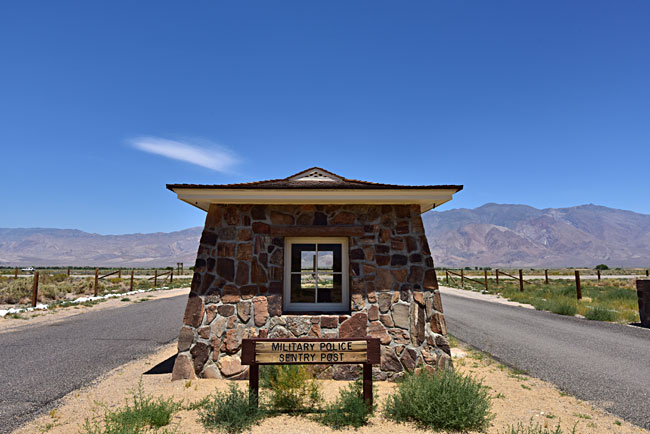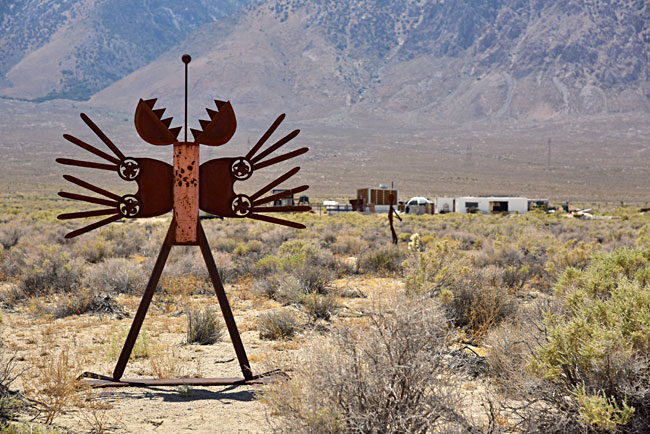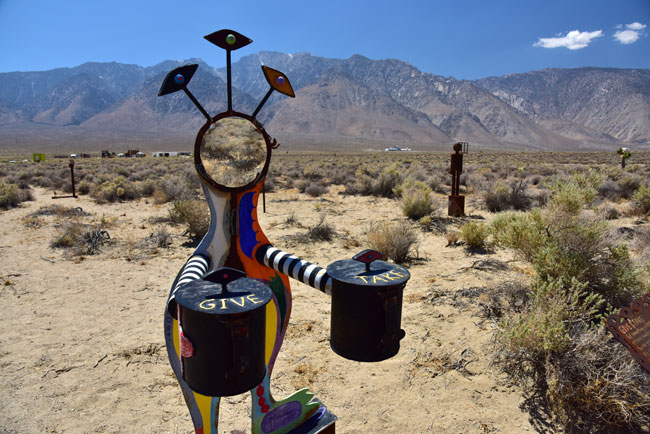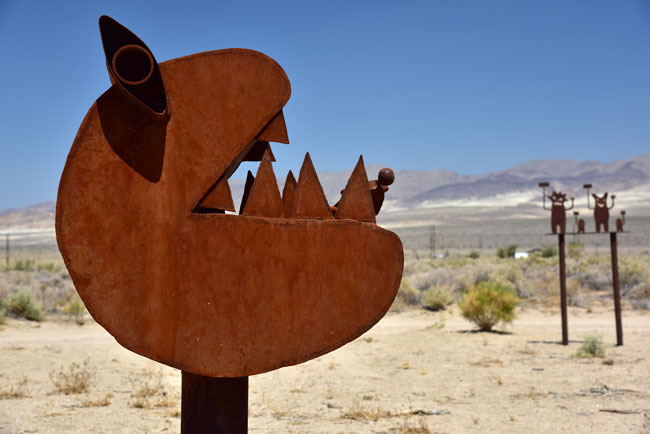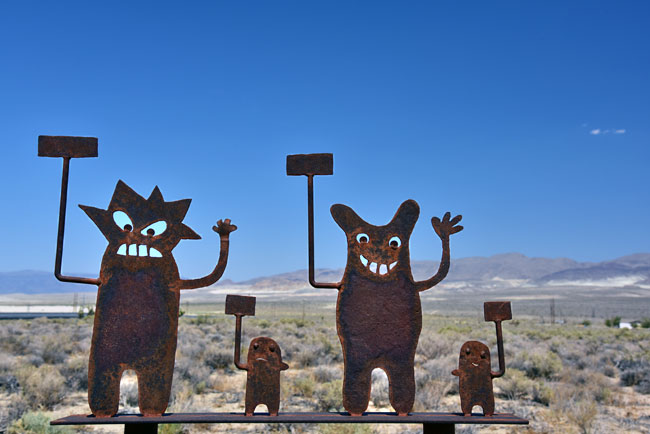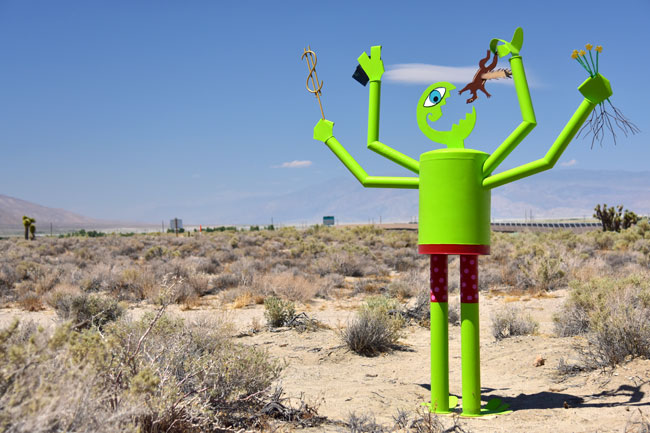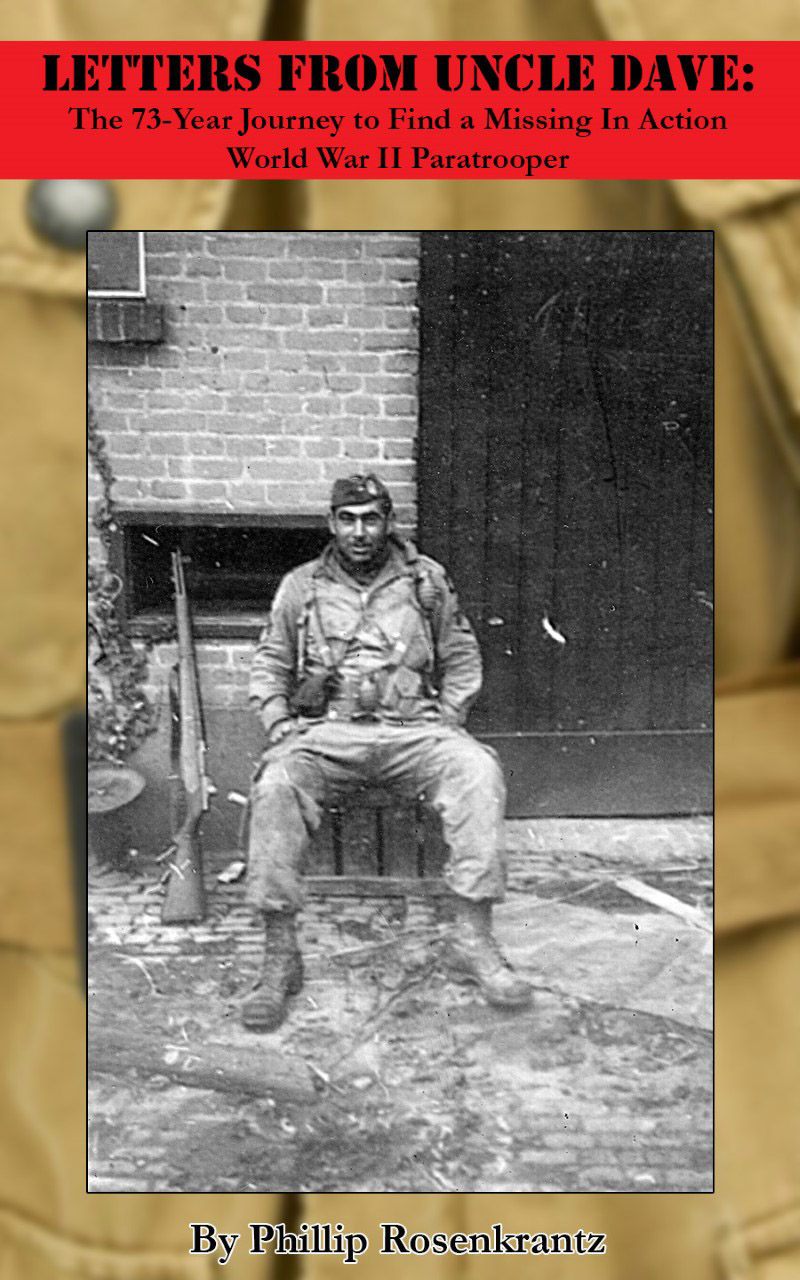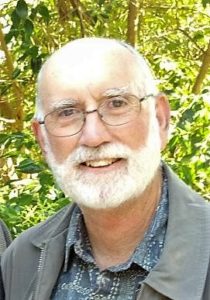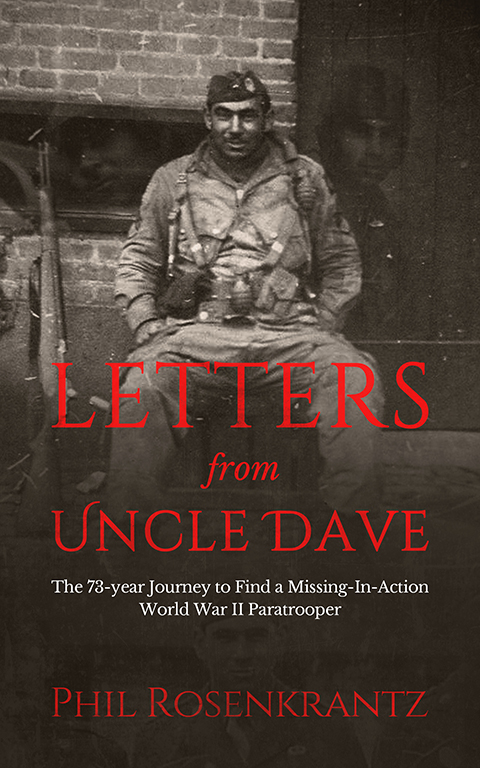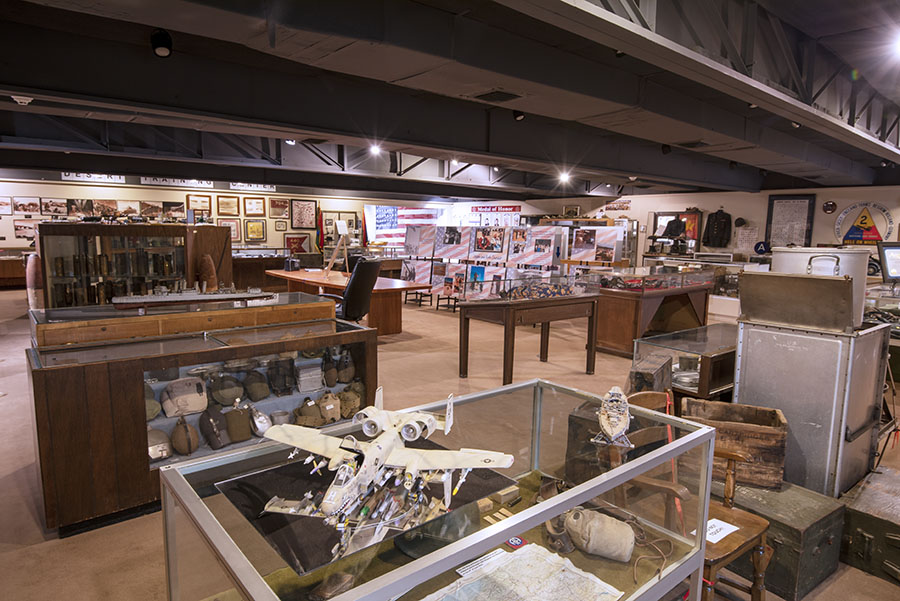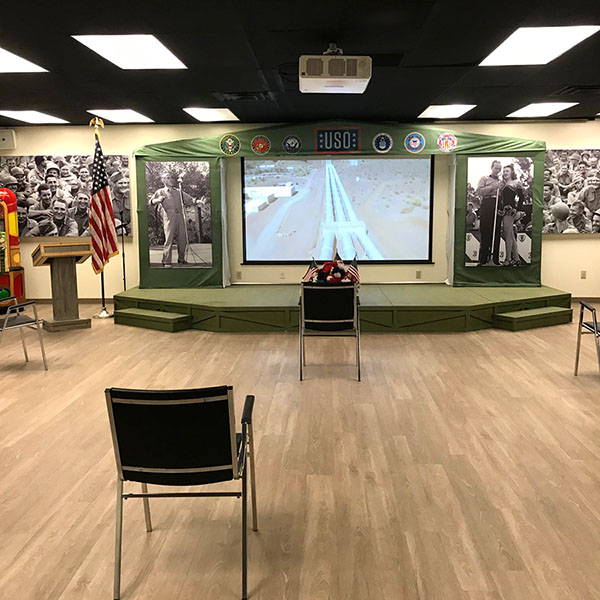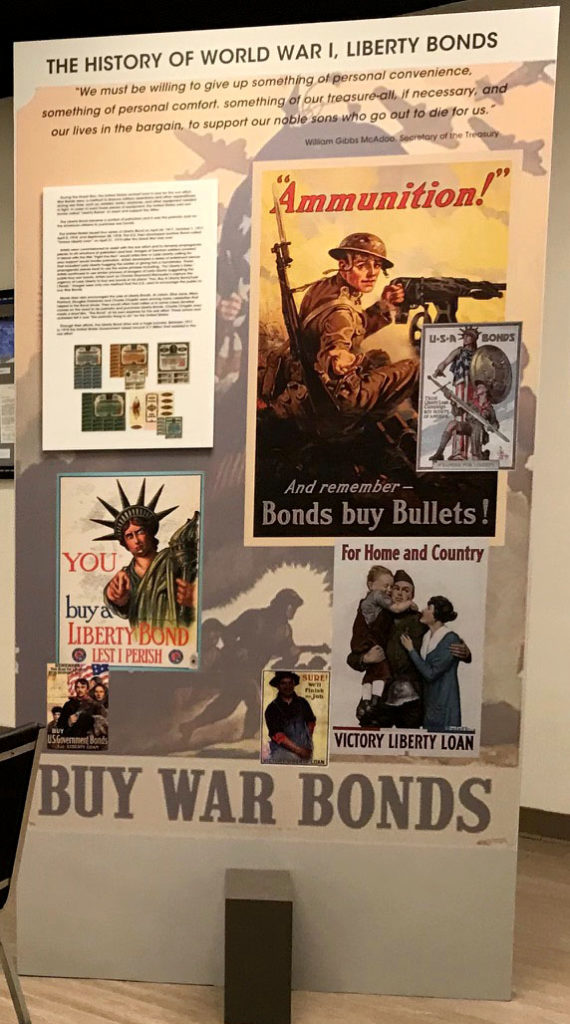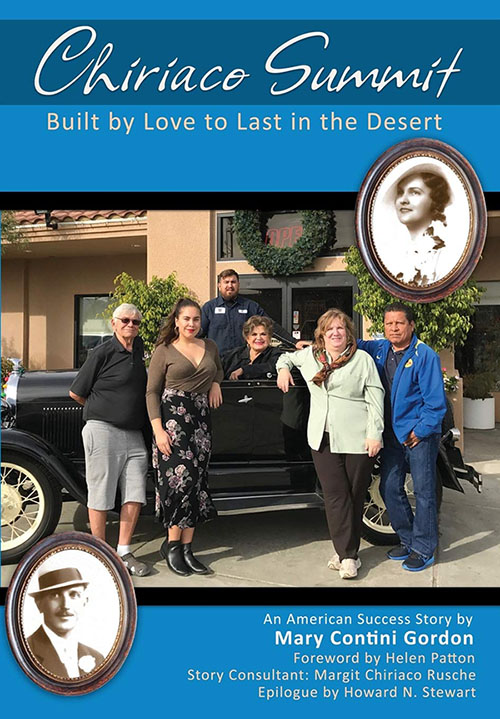Susie and I were channel surfing on Netflix the other night and a trailer for Operation Mincemeat appeared. It looked like it might be interesting so we hit the play icon. Wow, this movie is great. The story is about the British military intelligence deception operation to convince the Nazis the 1943 Allied invasion of Europe would begin in Greece and not Sicily. Everyone knew Sicily was the logical choice, including the Germans, but the Brits managed to pull off a miracle and the Germans diverted the bulk of their forces to Greece. I won’t tell you much more about how MI5 did this (beyond what the trailer below shows) because I don’t want to spoil the movie for you.
Operation Mincemeat is a dark, foreboding movie, as it should be. Literally tens of thousands of lives and indeed, the future of humanity, hung in the balance.
One of the interesting characters in this true Operation Mincemeat story is a mid-level British Intel officer named Ian Fleming.
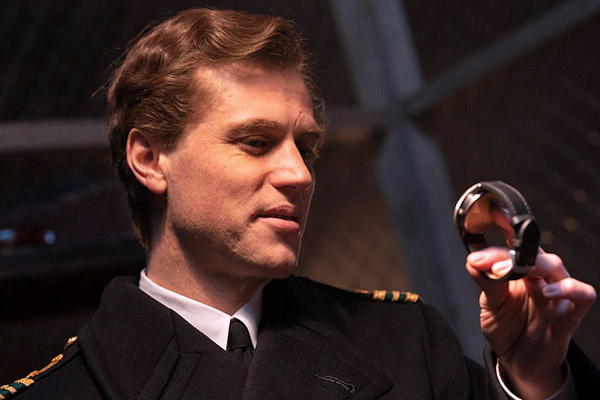
Yes, that Ian Fleming…the one who went on to create and write the James Bond stories. He and several other MI5 officers were working on spy novels while the real Operation Mincemeat was unfolding. At one point, the man in charge (played to perfection by Colin Firth) exclaimed, “My God, is there anyone here who isn’t writing a spy novel?” There were other James Bond references, including the senior MI5 person everyone referred to as “M,” Q Branch, and more.
Trust me on this: If you are a James Bond fan, you will love Operation Mincemeat.
Nah, that’s too restrictive. Anyone who enjoys a good movie will enjoy Operation Mincemeat. It’s on Netflix and it’s one of the best movies I’ve seen in a long time. I enjoyed it so much I watched it again from start to finish the next day. It was that good. You can thank me later.
More reviews? You bet!
Never miss an ExNotes blog:


